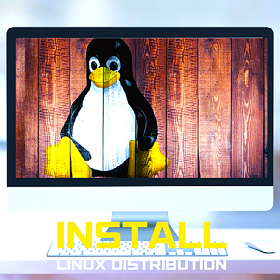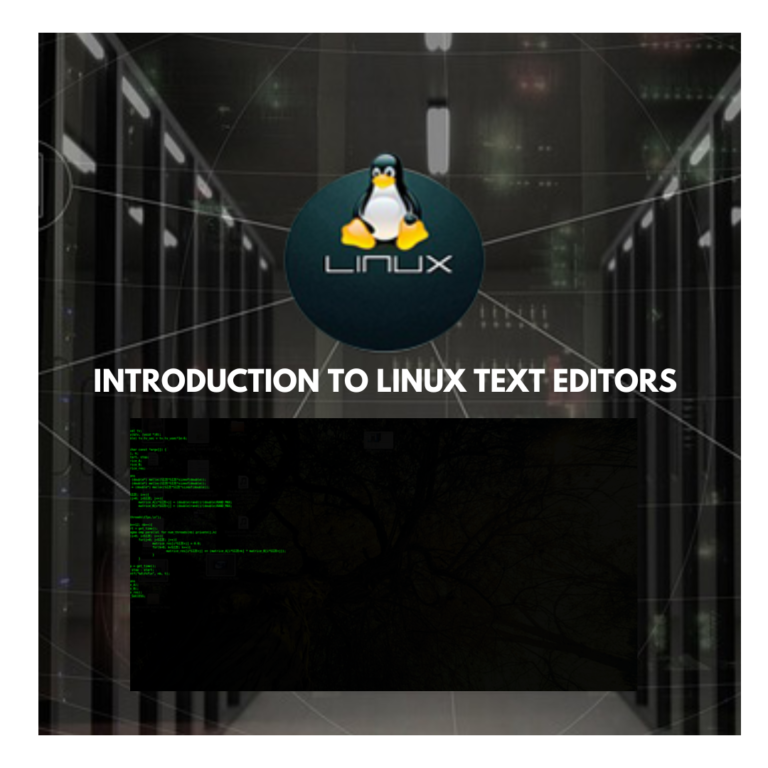Using Linux for programming and development
Linux is a popular choice for programming and development because of its flexibility, security, and the availability of a wide range of open-source tools and frameworks. In this tutorial, we’ll cover some of the ways you can use Linux for programming and development. Choosing a Distribution The first step in using Linux for programming and…







